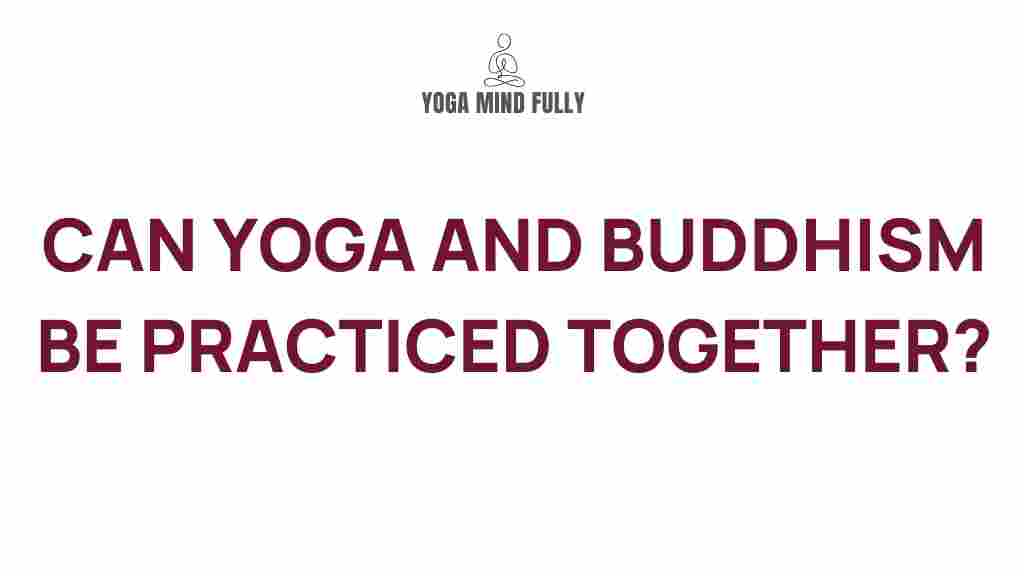Exploring the Connection Between Yoga and Buddhism
Yoga and Buddhism are two ancient traditions that have stood the test of time, influencing millions worldwide. Both practices focus on cultivating inner peace, mindfulness, and spiritual growth. However, they are not merely complementary; their principles intertwine deeply, creating a unique symbiotic relationship. In this article, we delve into the history, principles, and shared benefits of these profound disciplines.
Understanding the Roots of Yoga and Buddhism
The origins of yoga date back over 5,000 years to ancient India, where it was practiced as a spiritual discipline. Its purpose was to achieve union—of the body, mind, and spirit—with the divine. Similarly, Buddhism, founded by Siddhartha Gautama (the Buddha) in the 5th–4th century BCE, focuses on liberation from suffering through mindfulness and enlightenment.
- Yoga: Originally developed as a meditative practice, emphasizing breath control (pranayama), physical postures (asanas), and concentration.
- Buddhism: Centers on the Four Noble Truths and the Eightfold Path, guiding individuals toward freedom from attachment and aversion.
The shared goal of self-awareness and mindfulness forms the bridge between these two disciplines, enabling practitioners to integrate their teachings into daily life.
Despite their distinct origins, yoga and Buddhism share numerous principles, including:
- Mindfulness: Both emphasize being present in the moment, cultivating awareness of thoughts, feelings, and sensations without judgment.
- Compassion: Practices like metta (loving-kindness meditation) in Buddhism align with yogic teachings on ahimsa (non-violence).
- Inner Peace: Through meditation and mindful living, both systems aim to alleviate suffering and bring about serenity.
These overlapping principles make yoga an excellent complement to Buddhist practices and vice versa.
Practical Ways to Combine Yoga and Buddhism
Combining yoga and Buddhism into a holistic practice can be a transformative journey. Below are some practical steps to integrate these traditions:
- Start with Meditation: Incorporate mindfulness meditation into your daily routine. Begin with 5–10 minutes of focusing on your breath or practicing Buddhist meditations like vipassana.
- Explore Yogic Philosophy: Read texts like the Yoga Sutras of Patanjali to deepen your understanding of yogic principles, and relate them to Buddhist teachings.
- Practice Loving-Kindness: During your yoga practice, set an intention of compassion and extend it through metta meditation.
- Incorporate Physical Asanas: Use yoga postures to prepare the body for longer meditation sessions, enhancing flexibility and circulation.
- Join a Community: Connect with groups or teachers who explore the intersection of yoga and Buddhism to learn collaboratively.
By combining these methods, you create a unified practice that enhances mental clarity, physical well-being, and spiritual growth.
Troubleshooting Challenges in Your Practice
While integrating yoga and Buddhism can be rewarding, challenges may arise. Here are some troubleshooting tips:
- Difficulty Staying Present: If your mind wanders, try using a mantra or focusing on your breath.
- Physical Discomfort: Adjust yoga poses to suit your body, or use props like cushions for support.
- Lack of Consistency: Establish a routine by practicing at the same time each day, even if only for a few minutes.
Remember, both yoga and Buddhism emphasize the importance of patience and persistence. Progress may be slow, but the journey itself is a valuable teacher.
The Profound Benefits of Combining Yoga and Buddhism
Integrating yoga and Buddhism can bring profound changes to your life:
- Enhanced Mindfulness: Regular practice sharpens awareness and helps you respond to challenges with equanimity.
- Improved Physical Health: Yoga strengthens the body, while meditation reduces stress-related ailments.
- Deeper Spiritual Connection: Combining the two fosters a sense of unity and purpose, enriching your spiritual journey.
These benefits ripple into every aspect of life, from relationships to professional endeavors.
Resources to Deepen Your Practice
If you’re ready to explore further, consider these resources:
- Yoga Journal: A comprehensive resource for yoga poses, philosophy, and tips.
- Explore Our Meditation Courses: Discover how to integrate mindfulness into your daily life with guided meditation courses.
Conclusion
Yoga and Buddhism share a rich history and complementary principles that enhance each other’s practices. By exploring their intersection, you can cultivate a balanced mind, body, and spirit. Whether you’re a beginner or an experienced practitioner, the symbiotic relationship between yoga and Buddhism offers an inspiring path toward a more mindful and fulfilling life.
This article is in the category Mind & Body Balance and created by YogaMindFully Team
